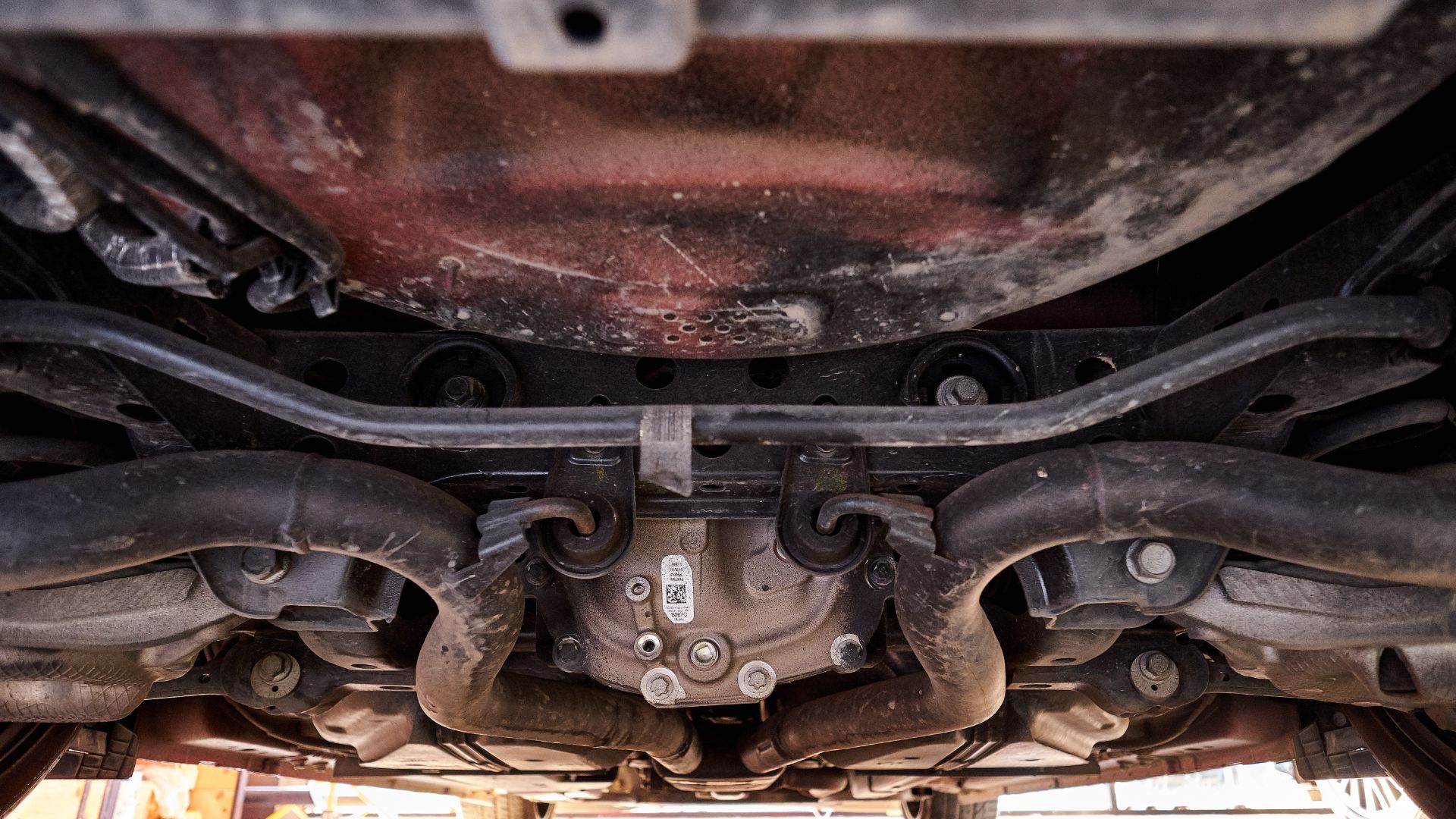Anti-roll bar definition and meaning

An anti-roll bar is a device that helps resist a vehicle’s rolling. It is usually located between the wheels and consists of a bar connected to the suspension on each side. The purpose of an anti-roll bar is to keep the body of the vehicle level when cornering by providing resistance to the rolling force exerted by the vehicle’s weight. This resistance increases the tires’ grip on the road and helps prevent the car from skidding or sliding.
Anti-roll bars are an important part of a vehicle’s suspension system and can greatly improve the handling characteristics. They are especially useful in vehicles designed for performance driving, as they help keep the body of the vehicle level when cornering at high speeds. However, they can also be used on any type of vehicle to help improve grip and stability.
There are two main types of anti-roll bars: those that are fixed and those that are adjustable. Fixed anti-roll bars are typically found on vehicles not designed for performance driving, such as family cars and SUVs. Adjustable anti-roll bars are usually found on vehicles designed for performance driving, such as sports and racing cars. The ability to adjust the stiffness of the anti-roll bar allows the suspension to be tuned to the specific needs of the vehicle and driver.
Anti-roll bars typically consist of a metal rod connected to the suspension at each end. The rod is usually made of steel but can also be made of aluminum or other materials. The ends of the rod are connected to the suspension using brackets, bushings, or bearings. This allows the bar to pivot freely while still resisting movement.
The stiffness of an anti-roll bar is typically measured in pounds per inch (PPI). A higher PPI number indicates a stiffer bar, providing more resistance to rolling. A lower PPI number indicates a softer bar, which will offer less resistance to rolling. The stiffness of an anti-roll bar can be adjusted by changing the diameter of the bar, the length of the bar, or the material that the bar is made from.